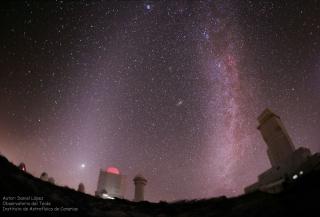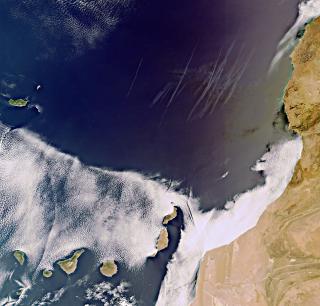Durante el congreso, se anunciará la apertura del archivo de datos del telescopio, con más de 15.000 observaciones hasta la fechaLos exoplanetas y la exploración del universo primigenio formarán parte de las más de 60 intervenciones que incluyen dos charlas públicas
Advertised on

